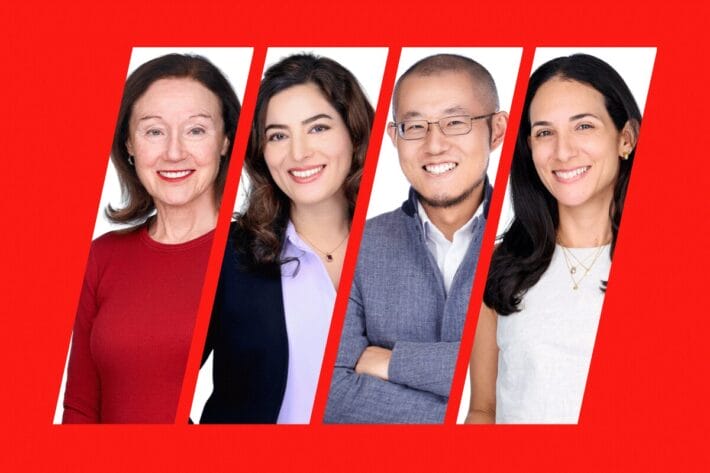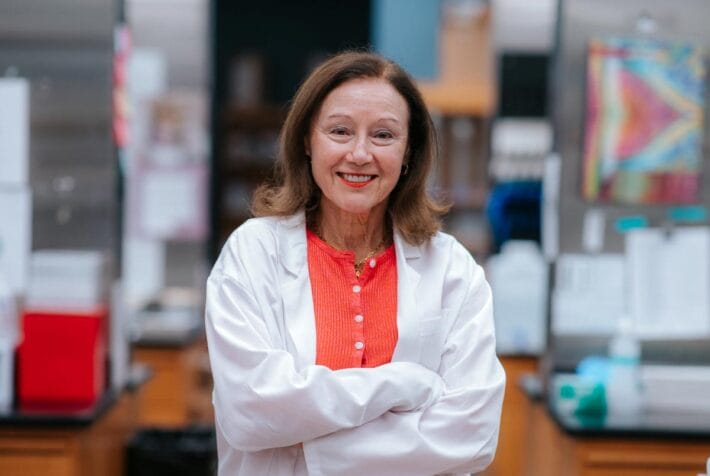
No interdisciplinary programs were available when Galit Lahav began her graduate studies, forcing her to choose between her multiple scientific passions: biology, math, physics, and computer science. Biology won out — at least on the face of it. She enrolled in the biology program at the Technion (Israel Institute of Technology), but continued to take courses in math and physics, all the while yearning to be able to “integrate the two parts of my head.”
Resolution finally came, Lahav says, when, after earning her PhD in biology, she joined Uri Alon’s Systems Biology lab at the Weizmann Institute for her postdoctoral training. There she was given “complete freedom to independently develop my own research direction.” She chose the dynamics and function of the tumor suppressor protein p53, which plays a key role in cancer and is widely studied. Unlike other studies on p53, however, which target cell populations that average many cells together, Lahav developed a new approach, quantifying p53 at high temporal resolution in single cells and taking into account that “individual cell decisions are crucial in the development and treatment of cancer.” Her approach has already revealed new and valuable insights into the behavior and regulation of this important gene.
Six months into Lahav’s second postdoc, at Harvard’s Bauer Center for Genomics Research, the Systems Biology department at Harvard Medical School was formed and she was asked to apply for a faculty position there. As an associate professor there today, her lab is a reflection of all she believes a scientific environment should be: “collaborative, stimulating, educational, and interdisciplinary.” Her goals are to continue working to understand how the dynamics of p53 and other signaling pathways important in cancer control cell fate decisions. Lahav is also a dedicated mentor to new faculty and committed to furthering the advancement of women in science.
Jury Members
2011 Vilcek Prize for Creative Promise Honoree in Biomedical Science
Heran Darwin
Laurie Dempsey
Peter Palese
Jan Vilcek
Leslie Vosshall
Nicholas Wade
Jedd Wolchok
Tags
biomedical scienceRelated Prize Recipients
Katherine Fitzgerald

Ekaterina Heldwein

Elina Zuniga

You may also be interested in
Vilcek Foundation Awards $950,000 in Prizes to Immigrants and Scholars

Vilcek Foundation Awards $250,000 to Immigrants in Biomedical Science

Marianne Bronner: Advancing Stem Cell Research and Equity in Science
